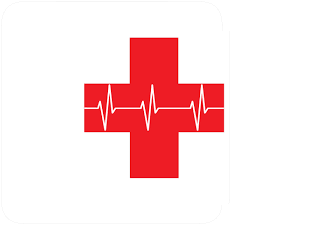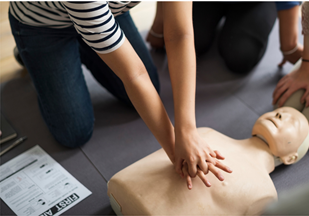|
We have looked to Swim Australia to help 'debunk' some of the more common myths. The facts might just surprise you!
Myth: It's too cold to swim in winter. Fact: Parents often worry about bringing their children to swimming lessons during winter. Whilst the weather outside might be cooler, our pools remain heated all year round. In fact, we increase the temperature of our pools to between 32 and 34 degrees meaning that your little ones stay warm whatever the weather. Myth: Swimming in winter gives you colds and flu. Fact: Colds and the flu are viruses. Kids are at no greater risk of catching a cold or flu from swimming then they are from other public places such as school, daycare, shopping centres and playdates with friends. In fact, research published in the British Journal of Sports Medicine, found that upper respiratory tract infections (which includes sore throats and sinus infections) are reduced by more than 40% in those who remain physically active throughout autumn and winter. Myth: All ear infections come from swimming. Fact: Whilst outer ear infections can sometimes be caused by swimming in poor quality water, often inner ear infections are generally unrelated to swimming. In addition, Col Jones provides swimmers with crystal clean water provided by our state of the art water filtration and UV treatment plant. Backyard pools are perhaps the most obvious places which pose a risk of drowning, but even if you do not have a pool at home, the risk of drowning around the home is still very much present. There are many areas both inside the home and around the garden which present as dangers to young children. The Royal Lifesaving Society Australia (RLSA) have found that drowning deaths have occurred in the following places:
Often, it is young children and toddlers who are most at risk of drowning in these places and it is often when supervision is lacking and parents or carers attention is diverted. RLSA recommends that when there are known bodies of water around the home, that supervision is constant. Where possible, bodies of water should be removed - bathtubs emptied immediately, ice and liquids removed from eskies, and buckets emptied (particularly following rain).
The Royal Lifesaving Society Australia also highlights the importance of supervision in social settings, where bodies of water around the home may not always be known and where attention may be divided. On many occasions there may be confusion as to who is watching the children, with adults wrongly assuming somebody else is. To avoid confusion, RLSA advise that in social settings at least one responsible adult is designated the 'child supervisor' at all times. For more advice and fact sheets, and to read a real life tragic story on an esky drowning death, head to the Royal Life Society Australia's website. Every month we highlight an aspect of water safety. This month we wanted to draw your attention to the importance of knowing CPR - a set of skills that is critical in many emergency situations, not just aquatic emergencies. According to the Royal Life Saving Society (Australia), in most drowning or near-drowning events, a family member is usually the first on the scene. Knowing what to do in an emergency situation and responding quickly is paramount to increasing a patient's chance of survival. Many children have their parents to thank for saving their lives, as they knew how to perform CPR. The NSW Study of Drowning and Near Drowning in Children found a child is four times more likely to survive a near drowning if parents know CPR and start it immediately. Professor Danny Cass, Trauma Surgeon at The Children’s Hospital at Westmead, said the study highlighted that early intervention is a lifesaver, “early CPR has been shown to contribute to greater survival rates with four times as many positive health outcomes.” To download and print a copy of a CPR chart, free of charge, visit NSW Ambulance. The information provided in the chart is not intended as a substitute for completing a First Aid or CPR course. By enroling in a CPR or First Aid course, you can learn how to save someone's life. Royal Life Saving Society (Australia) has many resources available for parents including CPR charts, fact sheets and courses available to enrol in. Visit www.royallifesaving.com.au/families/at-home/training/resuscitation-cpr for more information. DRS ABCD(This information is not intended to substitute the lifesaving skills learnt through participating in a First Aid or CPR course. Col Jones Hurstville urges all our parents and carers to enrol in a course today.) Danger - Check for danger Response - Is the patient unresponsive? Send for help - Shout for help, call 000 for an ambulance, and ask for a defibrillator if there is one available Airway - Check airway is open and unobstructed Breathing - Look, listen and feel for breathing CPR - Start CPR (30 compressions : 2 breaths) Defibrillator - Attach a defibrillator as soon as it is available |
Details
Archives
April 2024
Categories |
We Would Love to Have You Visit Soon!
Address524 Railway Pde Hurstville
|
Telephone |
|
© Copyright 2019 Col Jones Swim Fitness





 RSS Feed
RSS Feed